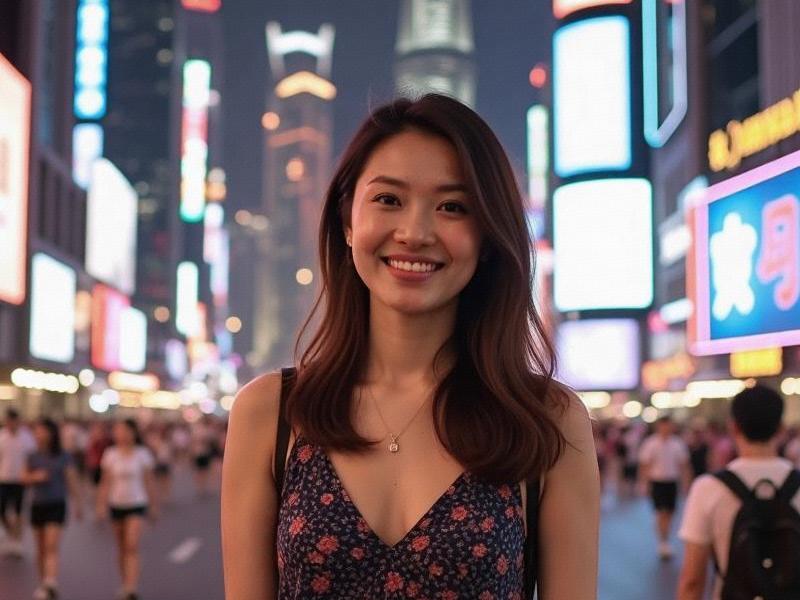This 2,500-word investigative report explores Shanghai's dynamic entertainment scene, from historic jazz clubs to cutting-edge digital venues, examining how the city blends tradition with innovation while navigating complex regulatory landscapes.

[Standfirst] As midnight approaches in Shanghai, the city's entertainment venues awaken to write another chapter in their century-long story - one where holographic performers now share stages with jazz crooners, and blockchain systems manage everything from ticket sales to liquor inventory in this ever-evolving nocturnal ecosystem.
The scale of Shanghai's nightlife economy reveals staggering dimensions:
- Over 2,900 licensed entertainment venues operating citywide
- Nighttime economy contributing ¥387 billion annually to GDP
- 75% of urban area illuminated by smart lighting systems after dark
- 403,000 nightly commuters traveling between entertainment districts
夜上海最新论坛 Historic venues like the Paramount Ballroom (百乐门) exemplify Shanghai's cultural preservation. This 2,550 m² Art Deco landmark, once Asia's most luxurious dance hall, now employs motion-capture technology to project archival dance performances onto its original sprung maple floor. "We've digitized over 200 hours of 1930s swing footage," explains manager Li Wen. "Our 'Phantom Dancers' experience blends history with real-time audience interaction."
Modern venues showcase even bolder technological integration:
1. HYPER REAL in Xuhui combines volumetric projection with scent diffusion systems
2. Nebula Club features AI mixologists learning preferences via biometric wristbands
3. The Pearl rooftop offers AR views superimposing 1920s Shanghai over current skylines
上海品茶论坛 The regulatory framework has evolved alongside technological advancements. The Shanghai Culture & Entertainment Industry Association introduced blockchain-based licensing in 2024, creating transparent records for all 11,000+ industry workers. "Our digital credential system protects both artist royalties and venue compliance," notes secretary-general Zhang Wei.
Cultural fusion manifests in unexpected ways:
- Hidden speakeasies behind tailor shops recrteeaprohibition-era cocktails using molecular mixology
- Jazz at Peace Hotel incorporates AI analyzing improvisational patterns from historic recordings
- Traditional tea houses now host "digital storytelling" nights with interactive projections
上海娱乐联盟 Economic impacts extend beyond direct revenue:
- Supports 182,000 full-time jobs in hospitality and creative sectors
- Generates ¥2.8 billion annual tax revenue for urban development
- 38% of international tourists cite nightlife as primary Shanghai attraction
Challenges persist in workforce development and regulatory harmonization. The sector requires 18,000 new skilled workers annually but faces competition from tech industries. Vocational schools like the Shanghai Nightlife Institute now offer degrees in "experience design" and "cultural technology."
As dawn breaks over the Huangpu River, Shanghai's entertainment venues begin their daily transformation - from glittering nighttime destinations to architectural landmarks bearing witness to the city's endless reinvention. In this metropolis where past and future constantly dance together, every evening offers new steps in Shanghai's century-old waltz with the night.